| |
 sEE MORE sEE MORE
| |
Forget traditional, barbaric classical ballet lessons which hurt the body and do violence to the child. No more images of swollen calves and thighs.
No more accidents caused by ignorance. We emphasize the correct alignment of the body and bone structure and strengthening central coordination rather than seeking spectacular results.
The wearing of pointes must be agreed by the teacher taking into account the age and physical aptitude of the pupil.
Our classical ballet classes are offered to both children and adults.
Young children, minimally from age four, are prepared for classic dance lessons by special initiation classes and gymnastics.
From age eight onward, the child is offered a choice of dance styles, ranging from classical ballet to jazz or Hip hop or modern, according to preference.
We believe that a child is only ready for classical ballet lessons when his muscles and general aptitude are fully developed.
Pupils may, if they wish, integrate diploma courses into the curriculum.
Elementary - C1
At least three years of classical ballet. The pupil learns how to place herself well on her legs, stretch the spine and master complex movements : Dégagés, jetés, temps-lié, piqués, turns, jumps and positioning of the arms. (French terms used in English)
Supplementary - C2
The pupil masters orientation in space, shoulder movements, croisés and effacés. Leg and arm movements are coordinated as well as the spine when changing position.
Course completion certificate or Bac Technique - C3
The dancer develops his/her response to music, displacement in space, ease of movement of limbs from a well centred body; turns and jumps; and artistic expression.
At the end of the training the pupil may choose to prepare for teaching or a career in dancing.
Leotard, tights, and demi-pointes for girls.
White T shirt, tights, and demi-pointes for boys.
Hair is tied in a chignon or held by pins for short hair.
Skirts and loose fitting clothes are not permitted. |
|
 
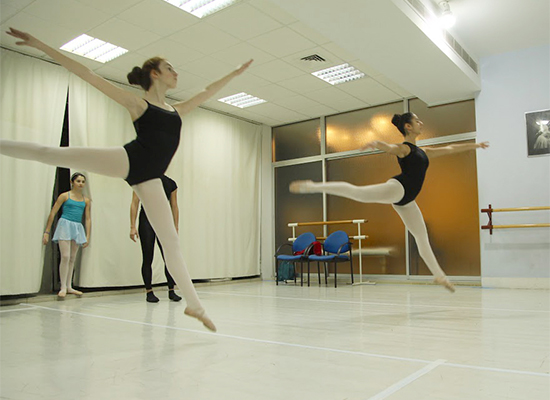

 |
Close
|
| |
 sEE MORE sEE MORE
| |
Hip hop is nowadays the trendiest dance among the young generation.
This dance practice allows young students to feel that they belong to a warm and friendly community.
It is strong and dynamic.
Performed on famous tunes and top ten songs, choreographies are a mix of different styles.
(Street dance, raeggeton, .free style etc...).
It helps to develop flexibility, rhythm and coordination.
This dance practice is executed in tennis shoes or special hip hop shoes.
There are three levels kids starting seven years old, beginner teens and advanced. |
|

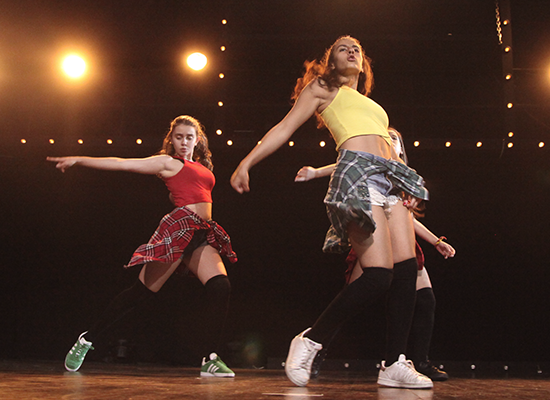
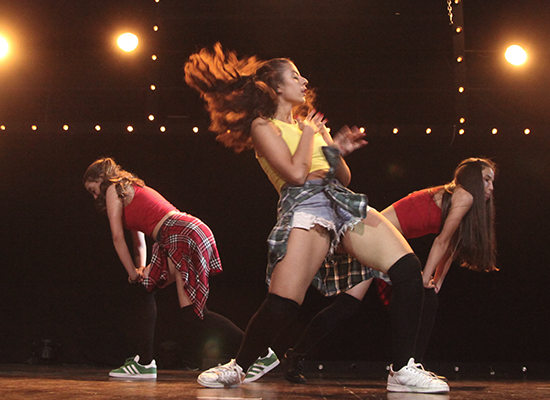 |
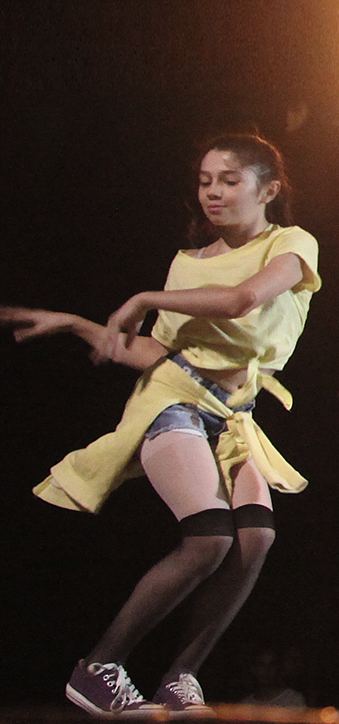 |
Close
|
| |
 sEE MORE sEE MORE
| |
L
The 2 hours class is designed to guide the learner through a safe build up based on 2 main parts:
The exploration concept is mostly based on warm up and improvisation routine. It aims at developing creativity, artistic curiosity and freedom in movement, all necessary for contemporary dance.
The technique aims at assessing the student's both physical reality and potential. The learner is invited to visit contemporary vocabulary, aesthetics and qualities through a deeper understanding of functional anatomy, appropriate imagery, and relevant dance history.
The technical part covers mainly both floor work and dynamic alignment in standing position through:
The technical part covers mainly both floor work and dynamic alignment in standing position through:
| |
Building ease andfunctionality to moving in and out and across the floor. |
Moving with awareness of accurate weight transfer and spatiality. |
| Developing a solid core connection that is able to command the body in different levels and directions of the space, in balance and out of it. |
| Developing strength, functionality and expression in both upper and lower limbs. |
| Developing different qualities and a general flow in movement transitions. |
|
|
|
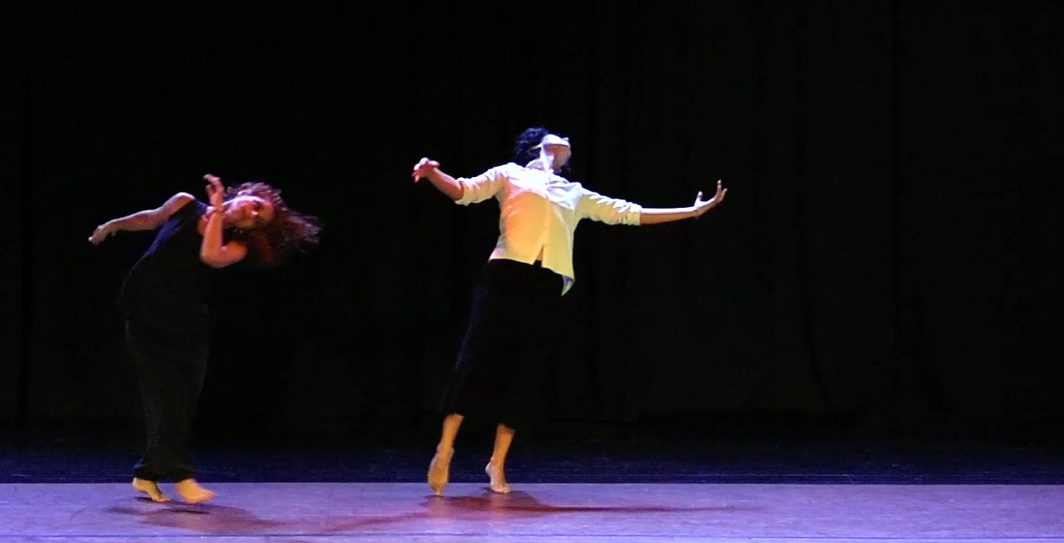

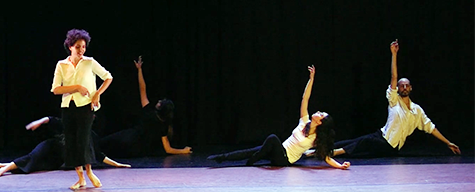 |
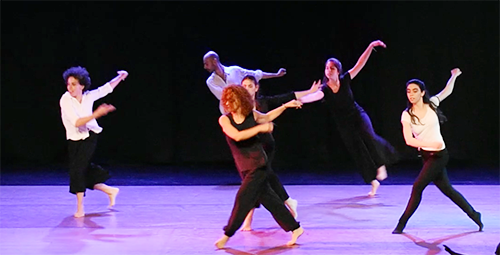 |
Close
|
| |
 sEE MORE sEE MORE
| |
Age 4 to 6 :
Courses focus on stretching, rhythm, music appreciation, working in duo or in group (circle, line…), and the exploration of fundamental elements in dance: equilibrium, jump, momentum, turns, relation to the floor, elongation of the spine, different qualities of movement.
Exploration occurs within directed improvisations, in that the child improvises according to specific demands made by the teacher.
At this age, movements and exercises are brought to the child through images, stories, singing, the evocation of animals (the ostrich, the frog, etc…), and the course focuses then on a particular theme (weight, work in duo, turns…).
The music is either soothing or dynamic, but it shouldn’t be invasive.
Age 6 to 8 :
At this age, children are ready for more abstraction. We still use images, but we also allow the movement to speak for itself: they already appreciate by now effort for success.
The exercises are more nuanced, we search now for subtle variations of energy, of form, we perfect whatever was acquired in the first range of courses: curved/straight lines, articulated feet, equilibrium, momentum, etc.
The dance courses in both ranges stimulate imagination, body, group and partner awareness. They develop movement, musicality, allowing a dance that is at once free and thoughtful, respecting each child’s body and particularities.
Important note or “… This is not ballet!!”
Pure technical training (work on barre, classical ballet basics) is not recommanded before age 8. The child’s body, his muscles, his bones, need to develop in order to achieve correctly those exercises.
With pre-ballet, the child’s body and mind are being prepared for the big leap into technique. |
|
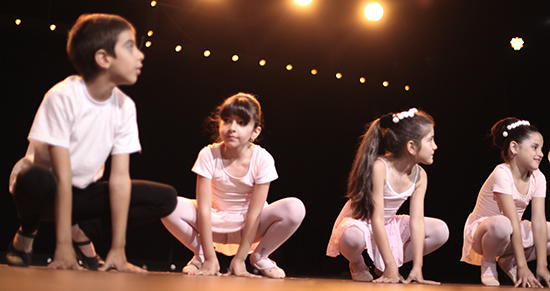

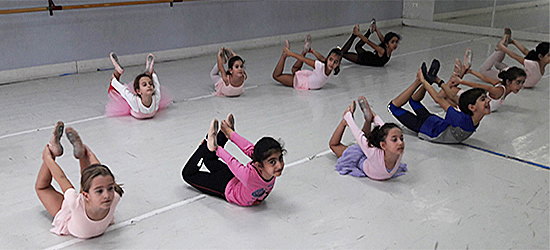 |
Close
|
| |
 sEE MORE sEE MORE
| |
|
|
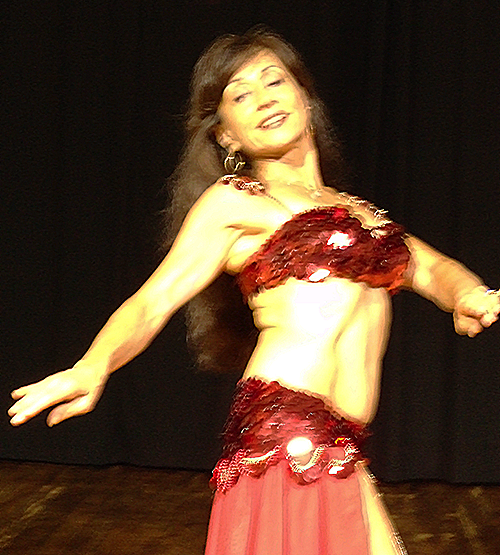 |
Oriental Dance or so-called Belly Dance, is linked in people’s mind to an attractive sexual dance, (as a matter of fact, it is true) that any nice girl or Lady can perform for a seductive purpose, it is also important to know that it is one of the most difficult dances, because of the ability it requires.
A good dancer should perfectly know how to walk, transfer weight from one foot to another, to do a correct half plié, to turn, to fix up the arms and stretch them.
It is what any dancer learns basically, whatever the technique and style.
Once this is achieved, we start the isolation work.
Courses are given in private lessons, in order to get the utmost precision,
since oriental dance is very complex: it deals with deep muscles and the dancer personality.
Two or three students is the maximum for an oriental dance class. |

|
| |
Belly dance pedagogy is based initially on the dissection and visualization of each movement.
The teaching focuses on the pelvis and isolation work.
Circles, upward or downward hip movements, ripples, and arabesques must be accurate,
and a good alignment is required for the good execution of the dance.
Once this level is achieved, one can start linking and connecting the multiple figures of the dance combination, in very simple sequences.
In a further step, one can work the artistic and professional part.
PS. It is important to do the distinction between a person moving
hips on the beat and a clear and structured dance which requires
an awareness of the spine and pelvis muscles, which develops flexibility and strength. |
|
|
| |
Alice Massabki worked with Djamila Henni Chebra in France, Randa Kamel and Raquia Hassan in Cairo. |
|
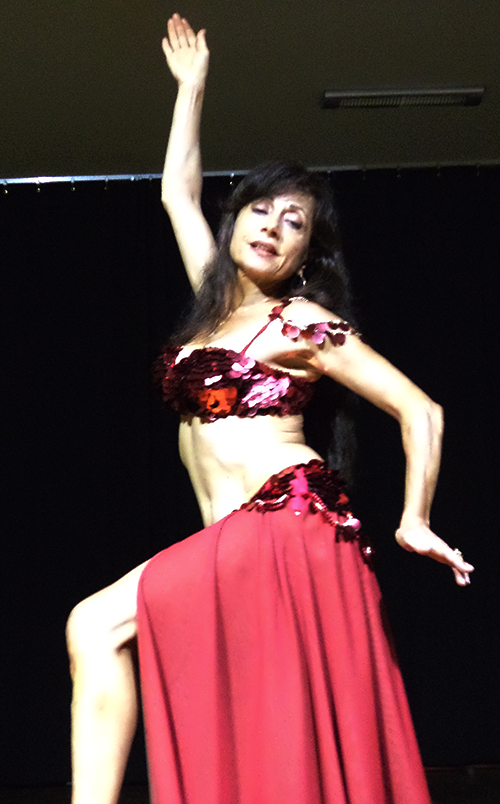 |
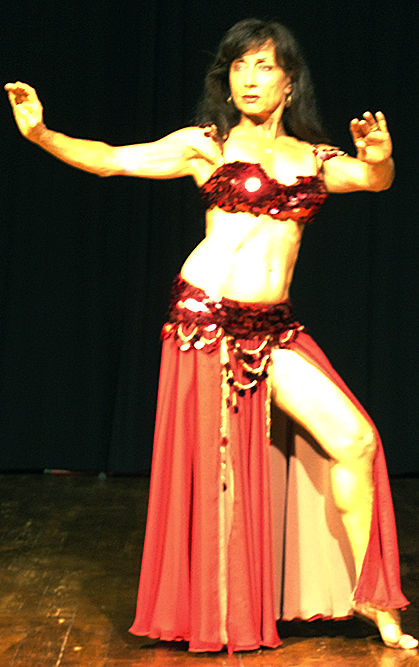 |
|
| |
|
|
|
|
Close
|
|